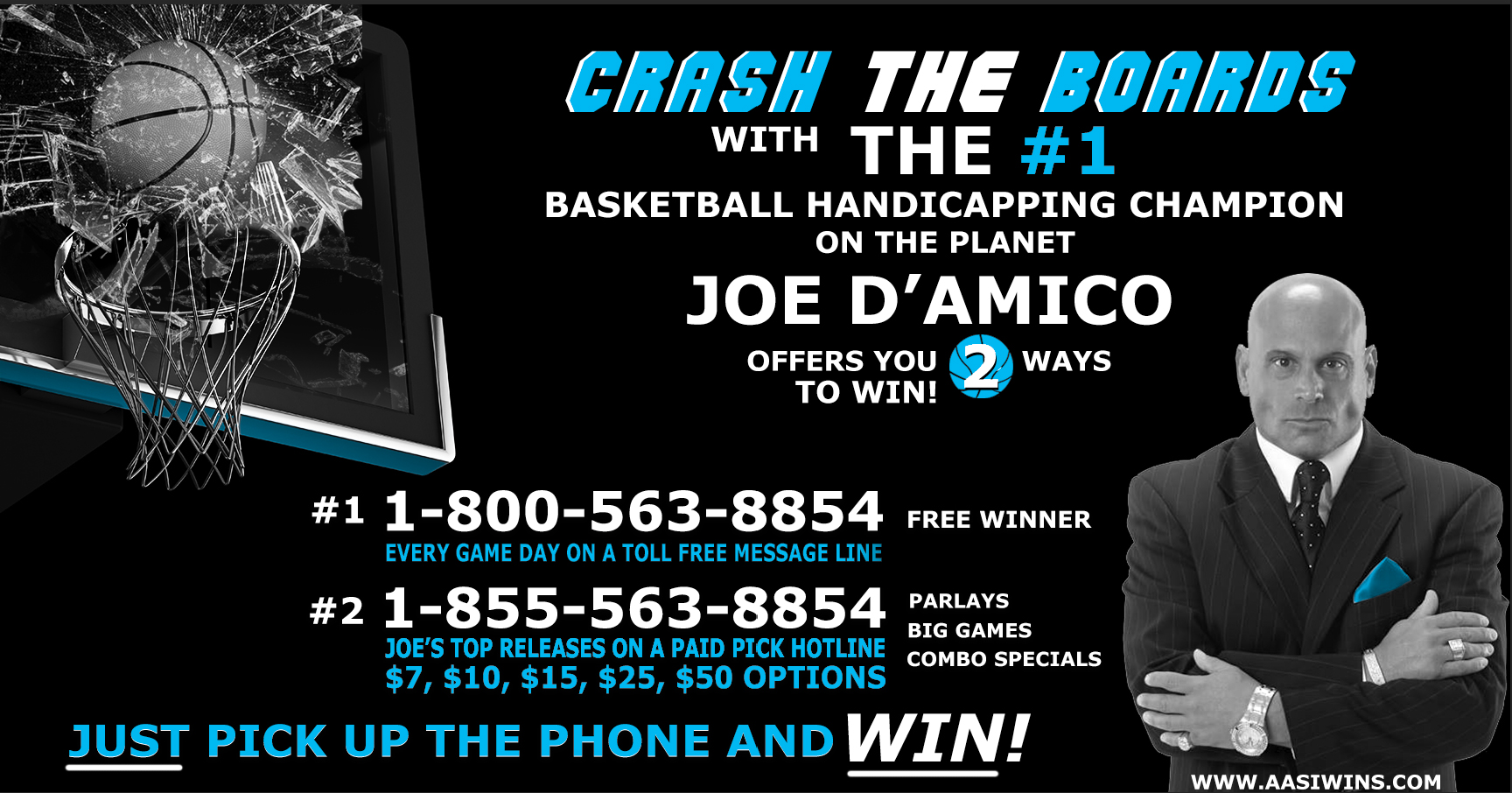April and May means that many novice sports bettors may look at the matchups and lean toward ace pitchers and lay the big price. But let me give you three words of advice: Don’t do it. Baseball is unique from football and basketball in that there is no point spread. Instead you bet merely on which team will win the game and this translates into a money-line wager. When betting baseball, most professional handicappers look for prices that are close to even money (for example, -120, -135 favorites or +105, +130 underdogs). Or bettors will play baseball totals where, like NFL and NBA totals, there is a point spread set on each game and the line is usually minus-110 OVER or UNDER. The reason is simple: You need to pay serious attention to money-management when wagering on sports. You may like to bet on Justin Verlander, Adam Wainwright and C.C. Sabathia because they win a lot, but you end up laying roughly three dollars for every one you hope to win and, over the long haul, you are very likely to lose money. This is why you rarely find professional handicappers giving out ace pitchers that are priced as a two-dollar or more favorites. And what happens when ace pitchers have an injury or a bad season? Dominant aces Tim Lincecum and Roy Halladay have struggled this year and last. Lincecum stopped throwing his slider for stretches in 2012 and ended up 10-15, while Halladay is battling old age and break down, no longer a dominant pitcher a manager could count on for 8 innings every 5 days. Last season the disappointing Phillies lost five straight games Halladay started, while the Giants lost 5 of the first 7 starts made by Lincecum, with an ERA over five. Betting the big favorites on a regular basis is dangerous and there is little value in it. Think about the value: You have to win 2 out of every 3 of those wagers just to break even. That is roughly a 66% winning percentage just to stay afloat, or in the case of Halladay at –275, an even higher percentage. It is not worth it to get hooked on the big favorites because you may get away with it once and a while, but over the long haul, your bankroll will get wiped out. There are so many factors that can come into play in baseball. For example, the wind could be blowing out, making both starting pitchers vulnerable to a lot of runs and a lot of pitches. This could mean that your ace would throw 100 pitches in five innings. If that is the case, he would be prone to tire around the 100-pitch mark, and/or the game would be turned over the bullpen, something you hadn’t counted on. Then, all of a sudden the game is in the relief pitcher’s hands, rather than the staff ace that you were counting on to go 8 innings. Or, a team may fall apart defensively. A couple of ill-timed errors with two outs and two men on base via walks, and you are down 3-0. You had not factored in the errors, only the great starting pitcher. One season Halladay was a three-dollar favorite at home against the Pirates (as he should have been). He pitched great, too, allowing 2 runs in a complete game, but lost 2-1 as the Phillies mustered only six hits while committing three errors. In 2011 Verlander was outstanding, even throwing a no-hitter. Yet, the Tigers started 3-5 in his first eight starts – all as chalk! Speaking of no-hit bids, Andy Hawkins once lost a no-hitter 4-0 because of errors made behind him. Sometimes teams get pumped up to face an ace, particularly at home, and want to get a win. Another factor is that in the first half of the baseball season, lines are often set on what the pitcher did last year, not the current season. The Dodgers, Angels, Blue Jays and White Sox have been big disappointments and even the high profile Yankees haven’t been dominant because of injuries. Meanwhile, the D-Backs, Orioles and Indians have overachieved. Some of those teams disappointing teams will get better, but the point is, you can’t go on last year’s stats from these starters, as 2013 is a brand new season. Also, what if the starting pitcher gets injured? Or there is a rain delay, and the big favorite pitcher only goes 3 innings? If you had known this before the game started, you probably wouldn’t have taken the big price. In baseball, look for spots with big dogs rather than the big favorites; the percentages are in your favor.







